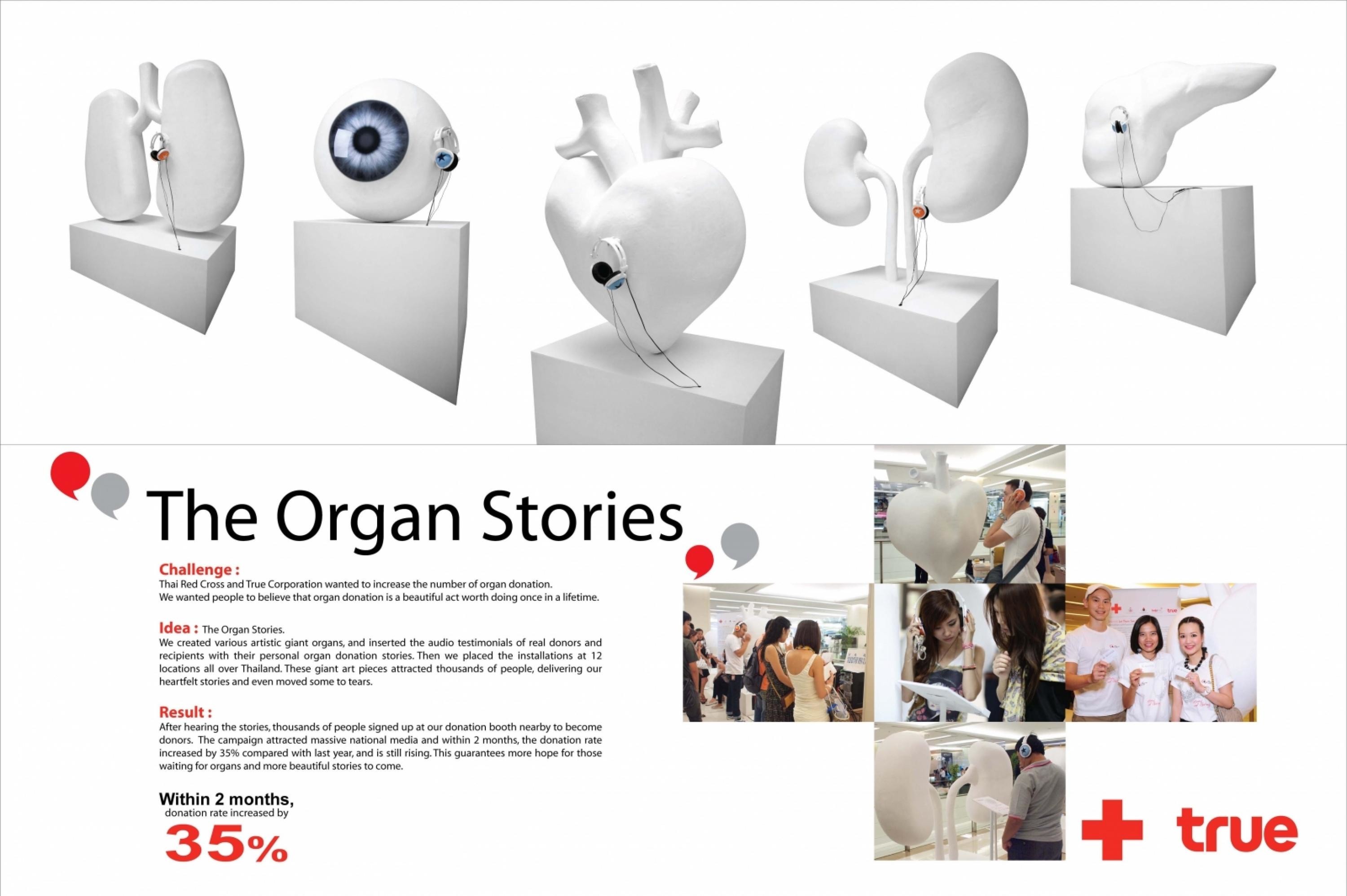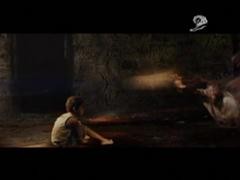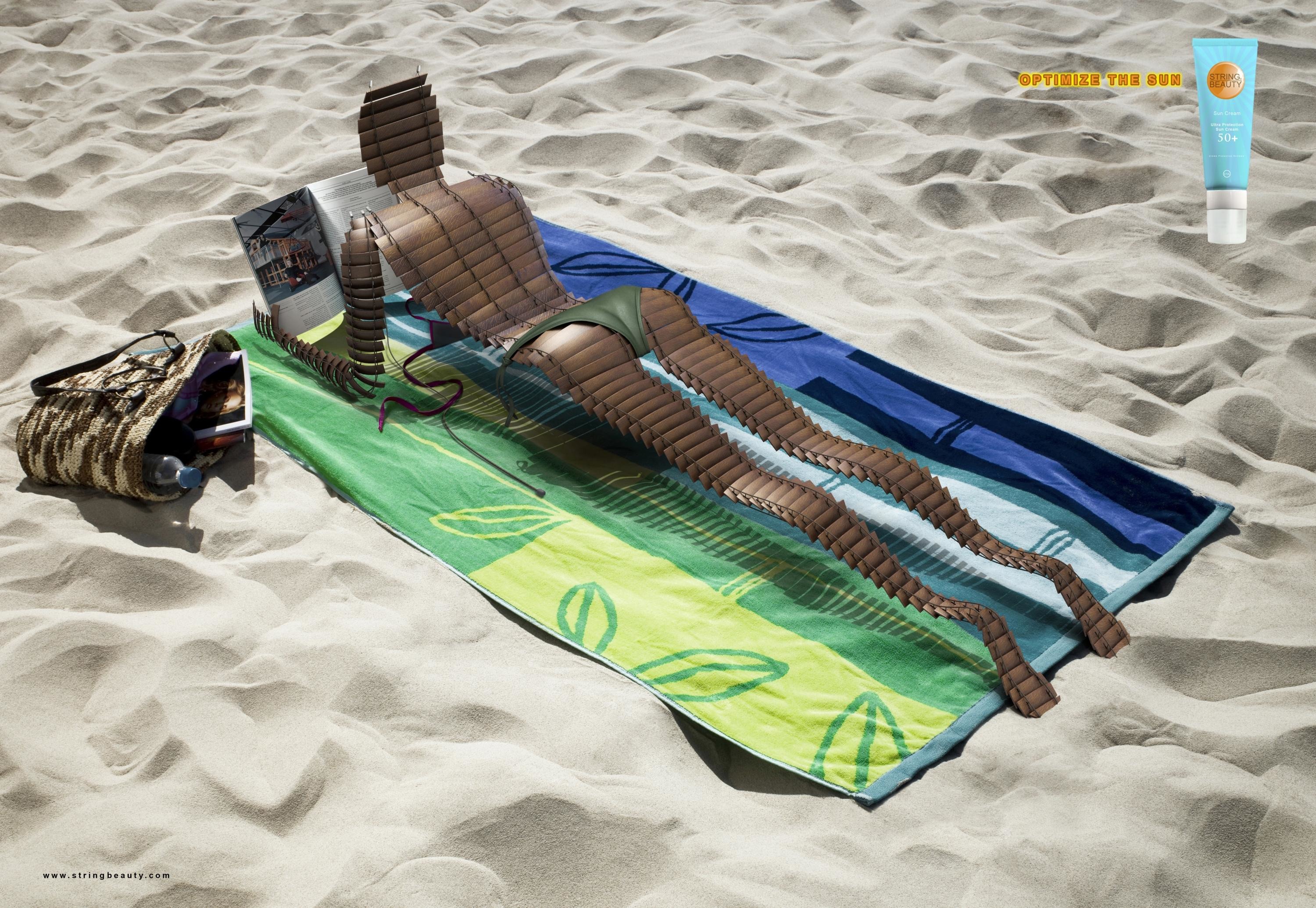Cannes Lions
History Blocks
AFRICA, Sao Paulo / UNESCO / 2019

Overview
Entries
Credits
Overview
Background
One of UNESCO’s tasks is to protect the cultural heritage of all people around the world.
Sadly, that is not always possible. Because of wars and armed conflicts, hundreds of monuments are being destroyed. Whether as collateral damage or as direct targets of cultural cleansing, they are being reduced to rubble – and so is our heritage. These historic places are now in danger of being left out of history. Some might never be reconstructed, and we may never be able to set foot in them again. With this in mind, we set out to keep the legacies of these endangered and destroyed heritage sites alive.
Idea
We didn’t want to simply tell the stories of these monuments. We wanted to really allow everyone to experience and interact with them. But if that is no longer possible in the real world, at least we could make it so in the digital world – more specifically, Minecraft.
Through the game, a medium which the younger generations already know and love, we created a platform in which people from all over the world could work together and not only rebuild replicas of destroyed sites, but also learn about their cultures and stories. And, by working alongside teachers and schools from the Minecraft community, we had the opportunity to truly make the idea soar.
Strategy
We needed great allies at every point of contact in order to start this conversation. The first ones, essential to achieving penetration in schools, were the teachers. We created a global network of teachers whose mission was to establish a class calendar that puts into practice the didactic content we made available online. Many of these teachers work in remote locations, so handheld technology is key in providing access to the materials. Outside the classroom, we teamed up with creators specialized in games on Twitch and YouTube, to talk about the game through the perspective of our initiative. Finally, in order to increase our project’s reach and reinforce the impact we would have on adult awareness, we had not only the support of impacted children reverberating our message at home, but we also counted with a strong PR push.
Execution
We needed to ensure that this idea was easy to adopt. So we partnered with historians and researchers from UNESCO, as well as artists and developers from Minecraft, to create a set of levels that could be quickly picked up and used by anyone around the world. In a matter of days, people from over 30 countries had joined the project, and monuments began to be reconstructed by teachers, students and fans throughout the world. They shared their creations online and through social media, posting directly from their smartphones and interacting in real time with other players and students. Their finished constructions will be open for visitation online for anyone with a copy of Minecraft, both on mobile and desktop, to experience.
Outcome
Supported by a network of hundreds of teachers, the project has involved more than 30 thousand students in 34 different countries. The subject took center stage in the media, guiding dozens of vehicles and reaching up to 100 million people. Influencers, on the other hand, extended the conversation and increased audience engagement with the initiative by stimulating more than 500k mentions on social networks. History Blocks started out as a platform but quickly extrapolated its own ambitions, effectively jump-starting a movement for historical preservation – and making it become part of the curriculum in 15 countries. Although wars destroyed part of our heritage, the digital universe can make it so history is still part of people’s daily lives.
Similar Campaigns
12 items






